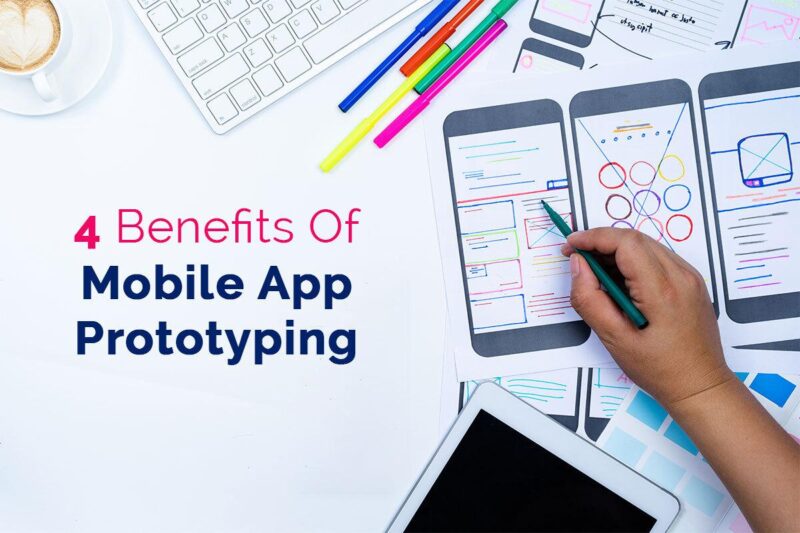For organizations that are relatively new in application development, creating new applications is a significant undertaking. Companies that do not have much experience often develop applications that are full of bloatware. Furthermore, the final cost exceeds the pre-decided budget by miles.
Even though Yahoo Finance states that there are multiple ways to cut development costs, the process is quite expensive. On the other hand, attempting to cut down costs often leads to significant problems like application crashing, bugs that spoil the user experience, weak security protocols, etc., which leads to a rise in user abandonment rates.
The solution to these concerns is pretty simple – making a prototype before building and releasing the final application.
Mobile Application Prototype – What is it?
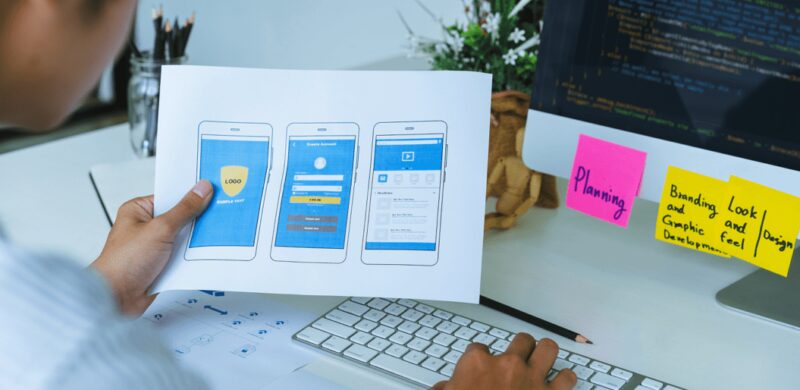
A mobile application prototype (also referred to as interactive prototypes, clickable wireframes, mockups) is defined as an interactive demo that exhibits the application’s design, functionalities and user flow. An app’s prototype essentially contains all the primary design aspects.
The only thing it lacks is the required programming that will make the application fully functional. The main objective behind creating a prototype is to test it thoroughly and portray its potential to internal teams.
In simpler words, a prototype projects a vision of how that final product should turn out to be. It is a precursor to the actual development process of an application. You can visit this mobile app developments agency in these situations.
What are the Benefits of Mobile App Prototyping?
Creating a mobile application’s prototype before building the final application offers numerous benefits. Some of them are:
1. It is More Economical in the Long Run
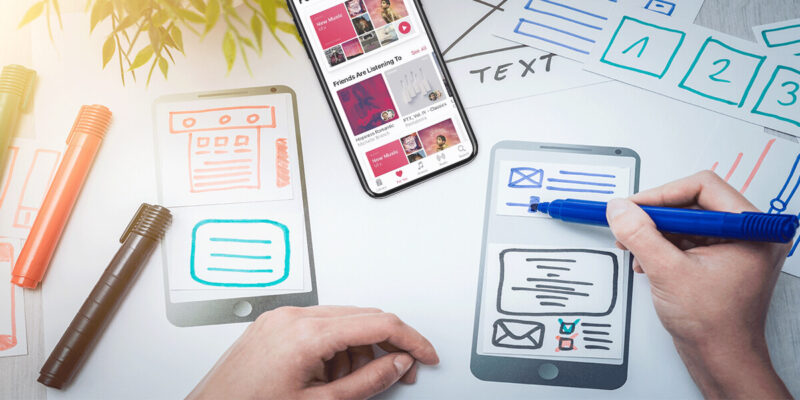
Creating a prototype before jumping into the final application development is comparatively cheaper than directly creating the final version of an application. However, there should be a clear plan for what you are planning to develop.
If there is no feedback or iteration before starting, even creating a prototype can become more expensive. Therefore, creating a prototype by using the right tools and having a decisive plan is a must if you wish to save money in the long run.
When it comes to tools, Flinto is a great app that one can use to design interactive app prototypes. It is a very simple tool that facilitates its users in building even the most complex app design prototypes. Furthermore, it integrates famous design software Sketch and Figma, which makes building a design prototype more interesting.
2. It Provides Clarity and a Better Vision
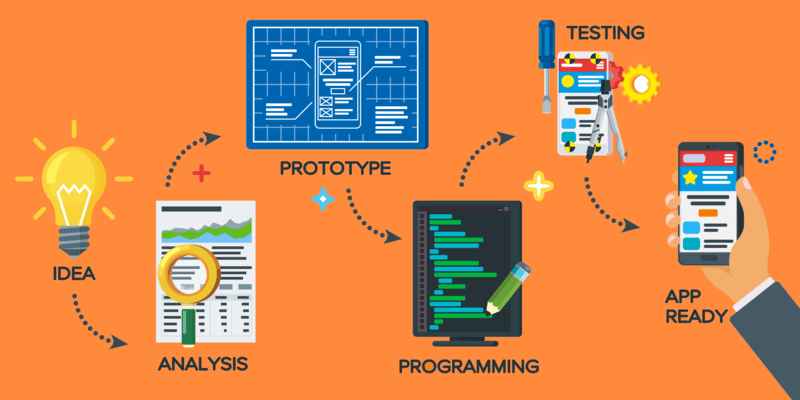
Having a clear image regarding how you will build your application is one of the most crucial things before diving into starting the development process. If there is any uncertainty revolving around any aspect, the end product might turn out to be very different from what you require.
Therefore, having a clear understanding of the app’s intended functionality, UI and user flow is essential. All of this can be achieved by building a prototype. By doing so, every stakeholder involved can look at the vision and interact with it before allocating a budget for the development process.
3. It Facilitates Easier Alignment of Stakeholders
When it comes to enterprise organizations, one of the most challenging aspects of developing and building a mobile application is achieving the alignment of stakeholders. Most of the time, numerous parties involved have decision-making influence, i.e., those who are very technologically informed.
But, at the same time, there are others who question the requirement of expensive tech. Therefore, when it comes to convincing a room full of people to invest in your application, the only sure thing is showing them the application’s overall look and how it will function.
This way works better than simply reading out the specifications of an application that is yet to go on the floors and assuring the investors that it will turn out to be something great. Moreover, having a clear visual aid can be very valuable to the demonstration process.
4. It Reduces the Chances of the Final Product Being a “Surprise”
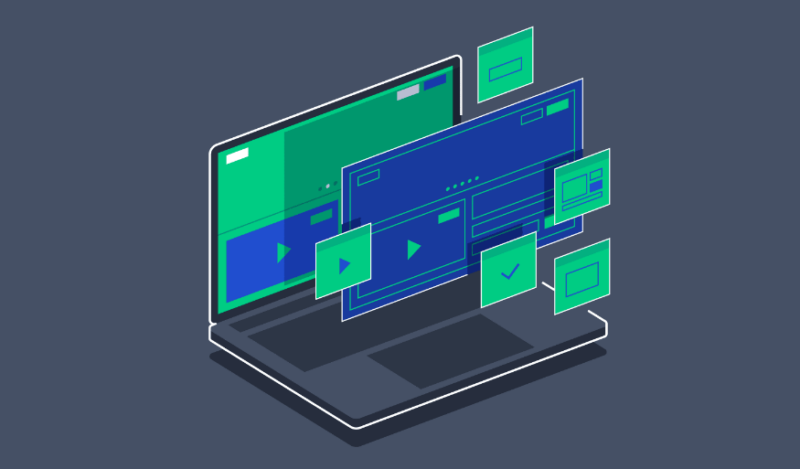
Once the idea of the project gets approved, and the application is built, one of the worst things that can happen is the final product coming out as a surprise for the stakeholders. The solution to avoiding this is using a fully-finished prototype as a reference for the app’s developers.
In this way, there will be little to no room left for assumptions and interpretations, and the app will turn out to be as close as possible, if not precisely, as the one whose idea got approval.
Creating an application’s interactive prototype costs an upfront amount. However, the small cost is relatively small compared to the benefits it offers. For individuals or companies that are unsure about building an app or intimidated by the process or risks involved, creating a prototype is the perfect way to gain clarity and create an app that proves to be beneficial to the company.
